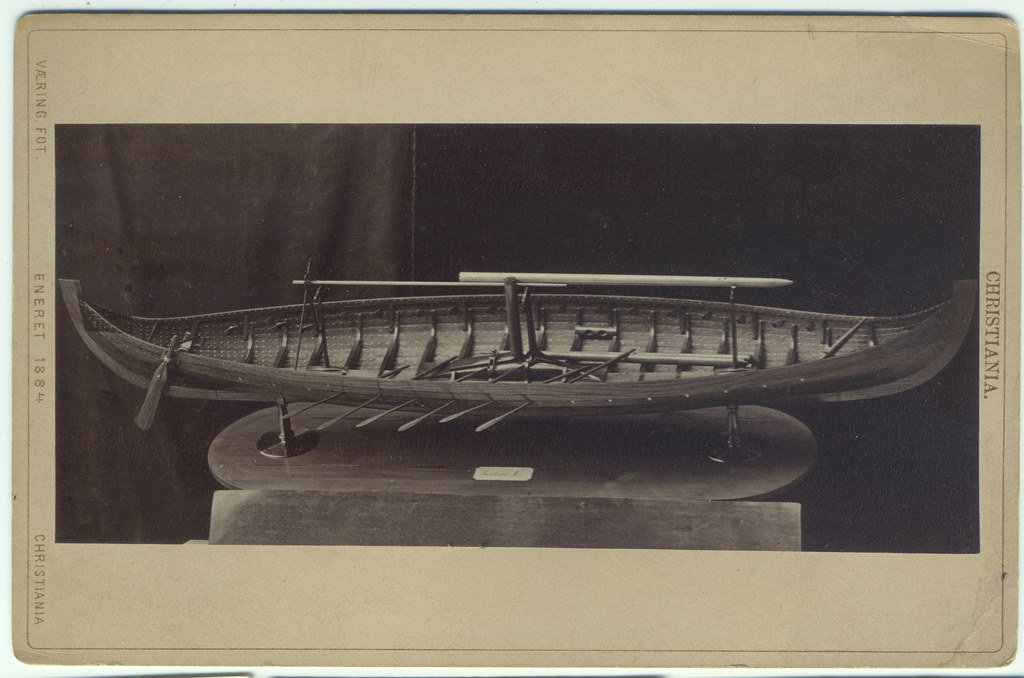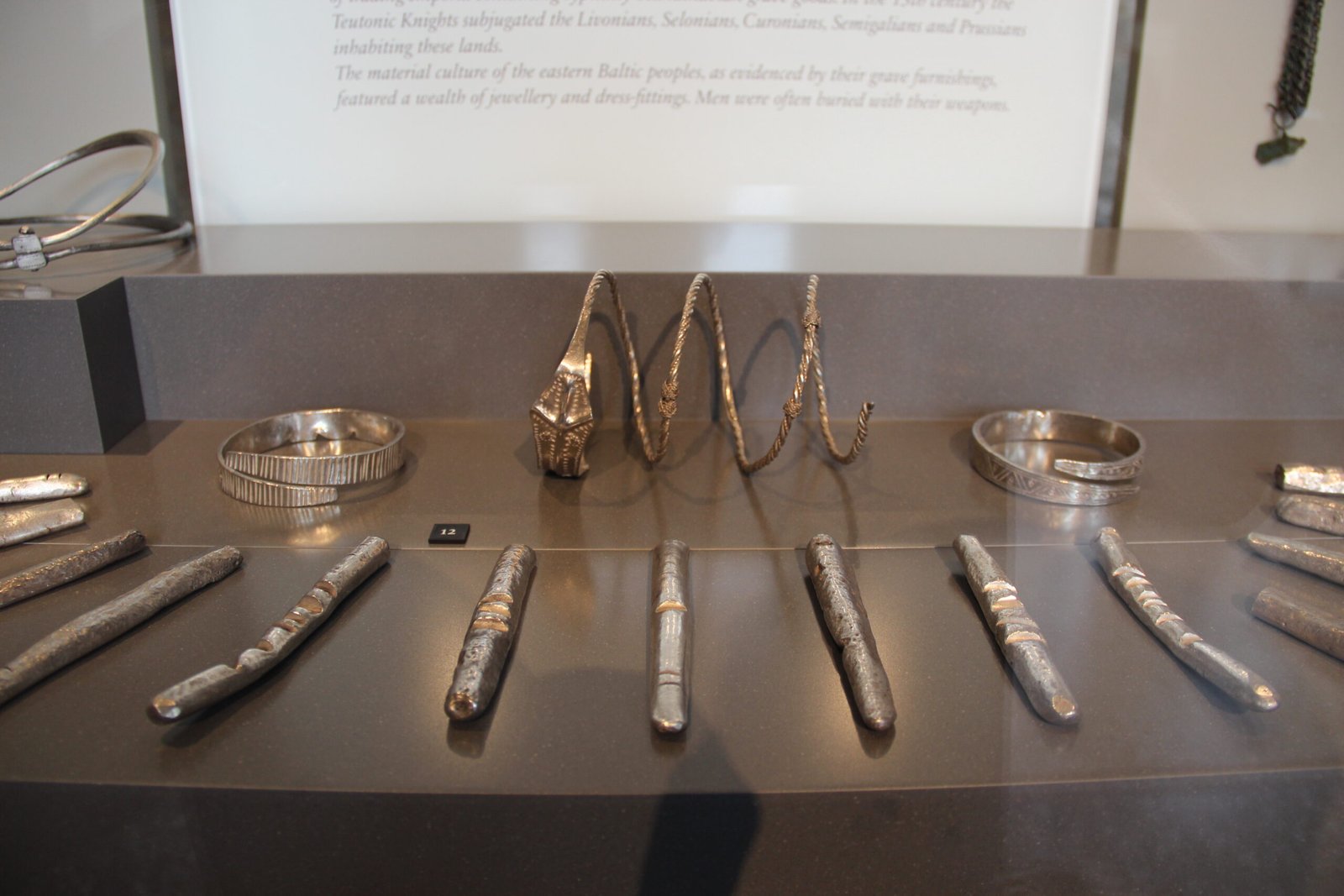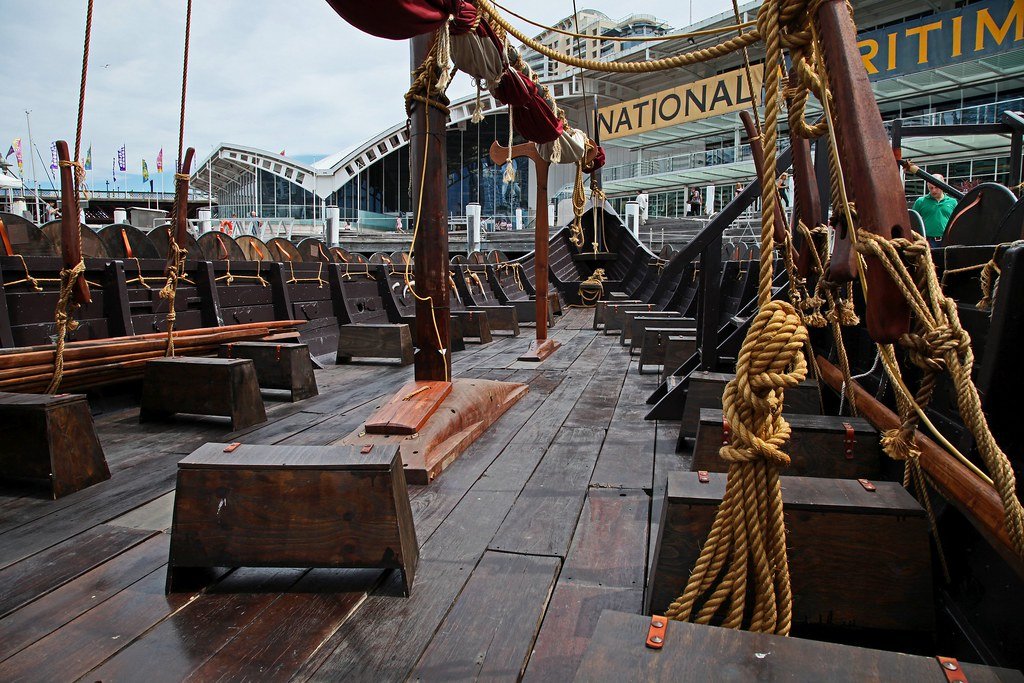Imagine a ship, silent and regal, resting beneath the earth for over a thousand years, holding secrets that refuse to be revealed. In the heart of Oslo, the Viking Ship Museum stands as a portal to another time—one filled with warriors, queens, and legends. Yet, beneath the awe and grandeur lies a riddle that continues to haunt archaeologists and historians: Who, exactly, was buried inside these magnificent Viking ships? The struggle to uncover the truth is as dramatic and tangled as any Norse saga, combining cutting-edge science with age-old mysteries, and leaving experts and visitors alike to wonder at the lives lost to history.
The Discovery That Shook Scandinavia

When workers stumbled upon the Oseberg and Gokstad ships near Oslo in the late 19th and early 20th centuries, Norway was gripped by excitement. The ships were buried under mounds of earth, almost perfectly preserved by the clay and peat. The craftsmanship was stunning—sleek oak planks, carved dragon heads, and ornate details. Yet, what sent shockwaves through the world was not just the ships themselves, but the human remains and rich grave goods found inside. Who were these people entombed with such honor? The question set off a frenzy of speculation, but real answers proved elusive.
Viking Burial Customs: More Than Just a Ship

Viking ship burials were not for everyone. Only the most powerful or revered individuals were given this honor, and the burial was often accompanied by a dramatic display of wealth: weapons, jewelry, animals, and household goods. These ships became floating tombs, intended to carry the dead into the afterlife. Yet, the Vikings rarely left behind written records, and so much of what we know comes from fragile clues—bones, artifacts, and the arrangement of objects. Decoding these burial customs is like trying to read a book with half its pages missing.
The Oseberg Ship: A Queen, a Priestess, or Someone Else?

The Oseberg ship is perhaps the most iconic Viking burial ever found. Inside, archaeologists uncovered the remains of two women, surrounded by treasures: carved wooden animals, silk fabrics, and even a mysterious cart. For decades, some believed the primary occupant was a queen or noblewoman; others hinted at a high priestess or shaman. The truth is, no one knows for sure. The bones were too degraded, and the objects—while lavish—tell us more about Viking beliefs than individual identities.
The Gokstad Ship: A Warrior’s Rest?

Not far from the Oseberg site, the Gokstad ship was unearthed with the skeleton of a man inside, along with weapons, shields, and even sacrificed horses. Some experts immediately dubbed him a king or famed warrior. But as scientific methods improved, researchers discovered the burial had been disturbed in antiquity. Gold and personal items were missing, and the skeleton itself was incomplete. Was this man truly a legendary Viking or simply a local chieftain whose grave was looted and altered over time? The evidence remains tantalizingly vague.
The Men Who Dug Up the Past

The early archaeologists who excavated these ships were as much adventurers as scientists. Armed with shovels and boundless curiosity, they sometimes did more harm than good, rushing to uncover treasures without fully understanding how to preserve them. Their notes—sometimes detailed, sometimes chaotic—are now part of the puzzle. Today’s experts must contend with this patchwork of information, trying to reconstruct the original burial scenes from faded sketches and incomplete records.
DNA Dilemmas: What Science Can and Cannot Tell Us

Modern science offers hope, but also frustration. Efforts to extract DNA from the Oseberg and Gokstad skeletons have met with mixed results. The bones were badly degraded by time, soil, and the very process of excavation. Attempts to piece together genetic profiles have revealed only hints: one Oseberg woman may have been in her 70s, while the Gokstad man likely died in his 40s. But beyond that, the story becomes a blur. Was there a royal bloodline? A foreign ancestry? The evidence refuses to give up its secrets.
The Curse of the Missing Names

Unlike Egyptian pharaohs or medieval kings, Viking nobles rarely left behind inscriptions or grave markers. Their names, titles, and life stories vanished with the wind, leaving only bones and objects behind. In a culture that prized oral storytelling over writing, personal details were passed down by word of mouth—and then lost when the last storyteller died. The ships themselves become mute witnesses to lives that can barely be glimpsed through the mists of time.
The Role of Symbolism and Myth

Viking ship burials are drenched in symbolism. The very act of sending a body off in a ship—whether by land or water—speaks to beliefs about the journey to the afterlife. Animal sacrifices, peculiar carvings, and ritual arrangements hint at ceremonies meant to protect the dead and impress the living. Yet, the line between myth and reality is thin. Are we misreading these artifacts, imposing modern ideas on ancient minds? Or are the Vikings deliberately playing with mystery, leaving their final secrets forever out of reach?
Artifacts: Clues or Red Herrings?

Each object found with the ships is a riddle. A silk robe might suggest trade with distant lands, or simply a taste for luxury. Weapons could point to a warrior’s life, or be purely symbolic. Everyday items—buckets, sledges, looms—paint a picture of daily Viking existence, but tell us little about who the dead actually were. Sifting through these clues is like piecing together a jigsaw puzzle where half the pieces are missing and the picture on the box is forever lost.
Rituals of Power: Who Deserved a Ship Burial?

The decision to grant someone a ship burial was not taken lightly. It was an act reserved for the elite—kings, queens, powerful warriors, or religious leaders. But the exact criteria remain a mystery. Was it a matter of bloodline, heroic deeds, or spiritual significance? Did women as well as men earn this honor? The Oseberg and Gokstad ships suggest the answer is more complex than we once thought, challenging our assumptions about gender, power, and status in Viking society.
Preservation: A Blessing and a Curse

The cold, wet soil of Norway did wonders to preserve the wooden ships and many artifacts. Yet, this same environment wreaked havoc on the human remains. Bones became soft, brittle, or even dissolved completely. When archaeologists finally opened the burial mounds, the rush to excavate sometimes exposed these fragile relics to air and bacteria, accelerating their decay. The result is a bittersweet legacy: stunning ships, but ghostly, incomplete traces of those who sailed them.
When Burials Were Robbed

Not all ship burials remained untouched. Grave robbers—ancient and modern—have disturbed many mounds, searching for gold, silver, and precious objects. The Gokstad ship, for instance, was clearly plundered shortly after burial, leaving behind only what was too cumbersome or hidden to steal. This loss of context makes it even harder to unravel the stories of the dead. Were they truly kings and queens, or simply wealthy locals whose riches attracted thieves?
Scientific Advances: New Hope for Old Bones

In recent years, technology has offered fresh hope. CT scans, isotope analysis, and 3D reconstructions allow researchers to study the ships and skeletons without damaging them further. By analyzing traces of food in teeth, scientists can guess where the dead lived and what they ate. Chemical signatures in bones hint at possible journeys across the sea. Yet, every breakthrough brings new questions, and the answers remain maddeningly incomplete.
Oslo’s Museum: A Window Into the Past

The Viking Ship Museum in Oslo draws visitors from around the world, eager to stand in the shadow of these ancient vessels. The ships themselves are breathtaking, but the museum also tells the story of the people who uncovered, preserved, and studied them. Through interactive exhibits and haunting displays, visitors are encouraged to imagine the lives—and mysteries—of those buried within. The sense of awe is palpable, and the questions linger long after you leave.
Theories and Speculation: From Royals to Shamans

Historians and archaeologists have proposed countless theories about the identities of the ship’s occupants. Some argue for high-ranking royals, pointing to the lavish grave goods and the scale of the burials. Others see hints of religious leaders or shamans, especially in the Oseberg ship, with its unusual artifacts and possible ritual objects. Still others suggest that the true story may never be known—that the burials were meant to be symbolic, a performance for the living rather than a straightforward record of the dead.
The Human Desire for Answers

Why does the mystery of the Viking ship burials captivate us so deeply? Perhaps it’s because these ancient graves remind us of our own search for meaning—our longing to connect with those who came before, to understand their hopes, fears, and dreams. The ships are more than relics; they are bridges across time, linking us to a world both familiar and impossibly distant. Each unanswered question pulls us deeper into the mystery, fueling our imagination and our thirst for discovery.
What the Mystery Teaches Us About History

The story of Oslo’s Viking ship burials is ultimately a lesson in humility. For all our technology and curiosity, some mysteries may be too deep to solve. The ships remind us that history is full of gaps—stories half-told, lives half-remembered. Yet, in seeking answers, we keep these ancient souls alive, honoring their memory through our questions and wonder. Would you have guessed that so much could be hidden inside a single ship?



